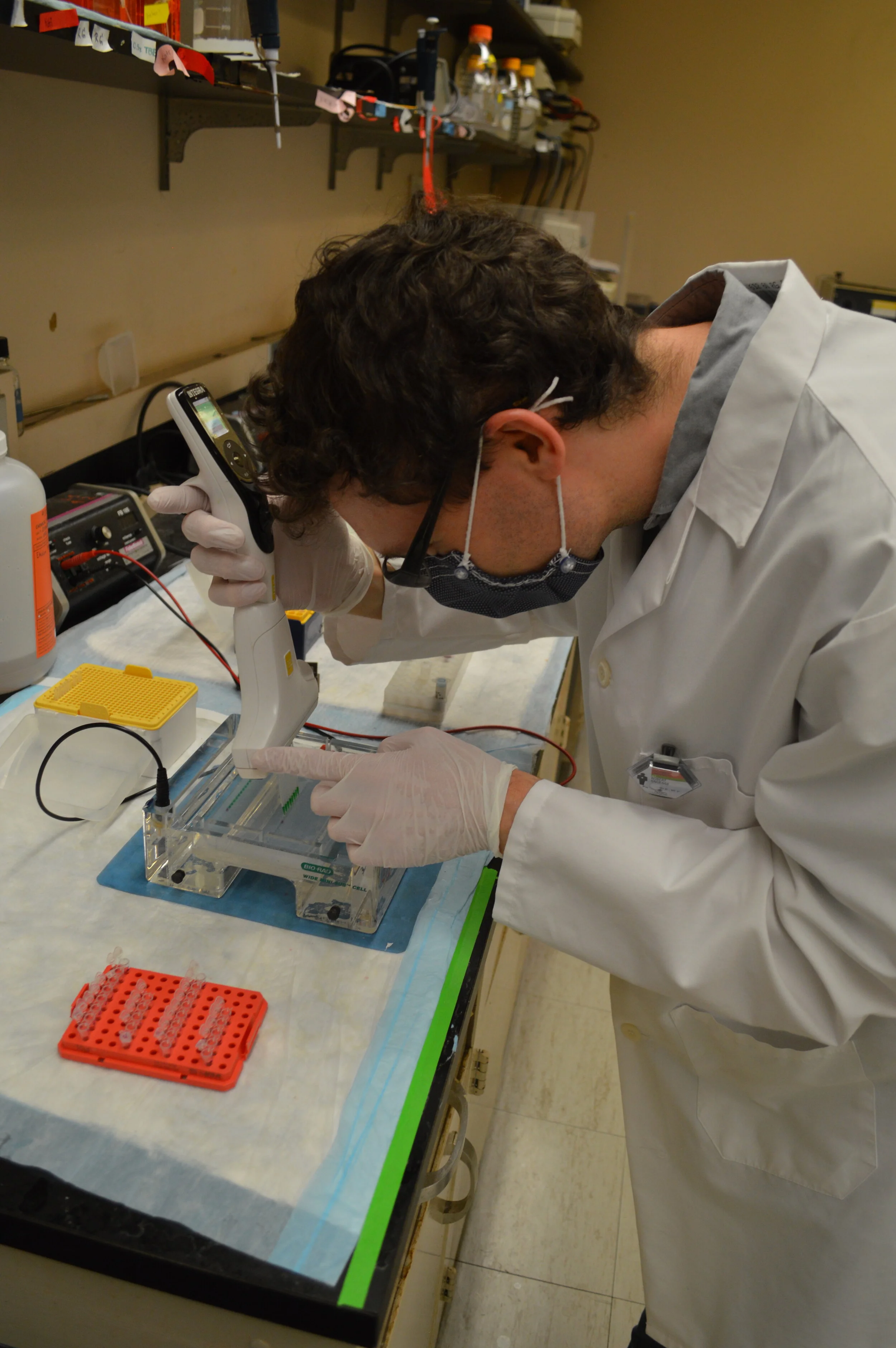Research at the symington laboratory
DNA double-strand breaks (DSBs) are cytotoxic lesions that can occur spontaneously during normal cell metabolism or by treatment of cells with DNA-damaging agents. DSBs are, however, normal intermediates in meiotic recombination and in programmed genome rearrangements, such as mating-type switching in budding yeast and V(D)J recombination in lymphocytes. If left unrepaired or repaired inappropriately, DSBs can lead to mutagenic events such as chromosome loss, deletions, duplications, or translocations.
Two mechanistically distinct pathways have evolved to repair mitotic DSBs: homologous recombination (HR) and non-homologous end joining (NHEJ). As their names imply the first relies on the presence of an undamaged homologous duplex to serve as a template for repair of the broken chromosome while the latter involves the re-ligation of the DSB ends with little or no homology. A key feature of HR is the preservation of genetic material, as the donor sequence is usually the sister chromatid. On the other hand, NHEJ can be accompanied by gain or loss of nucleotides at the junction and is therefore considered mutagenic. The timely detection and accurate repair of DSBs is integral to the maintenance of genome integrity. Highly conserved proteins are recruited to DSBs for checkpoint activation and subsequent repair. Their importance is evident by the inherited defects resulting in sterility, developmental disorders, immune deficiencies, and predisposition to cancer caused by deficiencies in these factors. We use the yeast Saccharomyces cerevisiae as a model eukaryotic system to study the mechanisms and regulation of recombination. Most of the genes required for HR are conserved between yeast and humans, and yeast has many experimental advantages for the detailed analysis of HR mechanisms.


